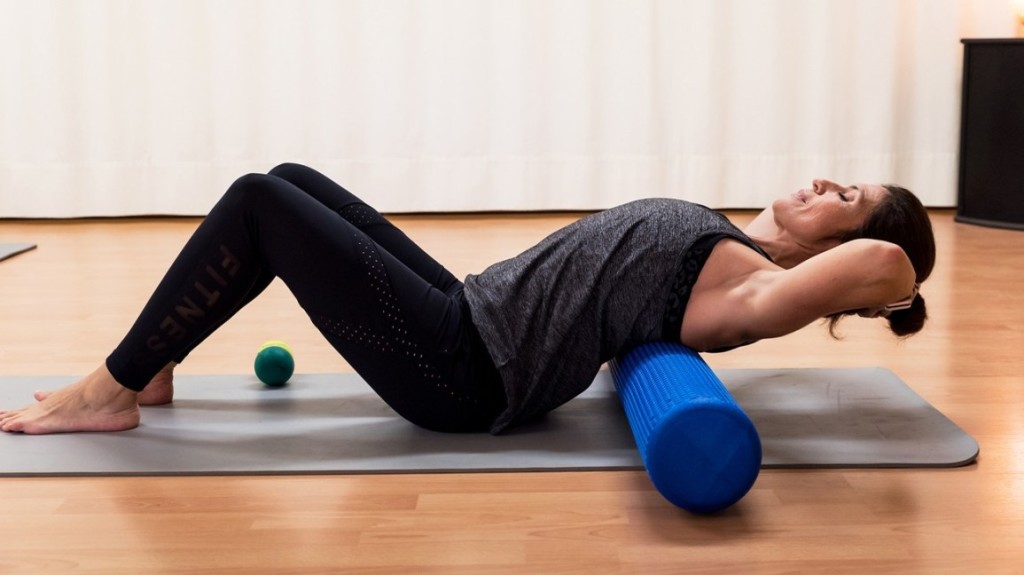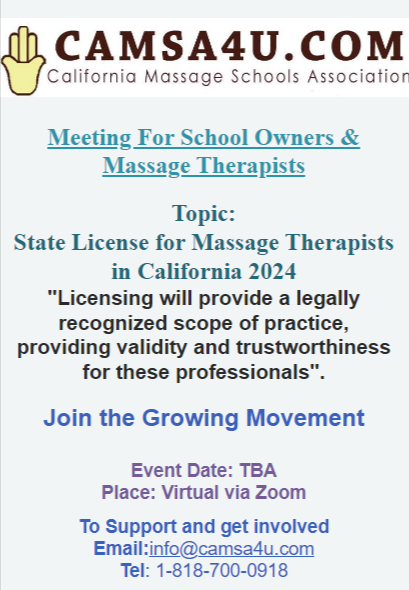Flexibility is a key component of physical health, contributing to everything from athletic performance to day-to-day comfort and injury prevention. For anyone seeking to improve their range of motion, massage therapy is a powerful, non-invasive method that effectively enhances flexibility by reducing muscle tension, improving circulation, and lengthening connective tissues. Let’s dive into how massage therapy works to increase flexibility and why it’s beneficial for everyone, from athletes to office workers.
The Importance of Flexibility
Flexibility is more than just being able to touch your toes; it’s about having the range of motion needed for safe and effective movement. When muscles and connective tissues like ligaments and tendons are flexible, joints can move through their full range of motion without pain or strain. Good flexibility supports proper posture, reduces muscle soreness, and lowers the risk of injuries by preventing strains and overuse.
Over time, however, factors like sedentary lifestyles, stress, aging, and repetitive movements can cause muscles to tighten and become less flexible. This stiffness can lead to discomfort and an increased risk of injuries as the muscles become unable to stretch effectively. Massage therapy helps counteract this process by relaxing and lengthening these tight areas, restoring mobility.
How Massage Therapy Enhances Flexibility
Massage therapy uses a combination of techniques that work to lengthen and relax muscles and surrounding connective tissue. Here’s how it works to improve flexibility:
- Releases Muscle Tension and Knots: Massage techniques like kneading and stretching target tense areas, relieving tightness and allowing muscles to lengthen. When muscles are tight or have developed “knots,” they restrict movement and flexibility. Massage loosens these knots, releasing tension and restoring the natural flexibility of muscles.
- Improves Blood Flow to Muscles: Increased circulation during massage therapy brings fresh, oxygen-rich blood to the muscles and connective tissues. This influx of nutrients helps tissues relax and recover, reducing stiffness and enhancing flexibility. Improved circulation also promotes quicker recovery, which can be particularly beneficial for those who engage in regular exercise.
- Increases Joint Mobility: Massage doesn’t just affect muscles but also targets the soft tissues around the joints. Techniques like joint mobilization gently stretch these tissues, allowing for better movement and flexibility in the joints. This can be especially helpful for individuals who experience stiffness due to aging or repetitive motion.
- Lengthens Connective Tissues: Over time, fascia (the connective tissue that surrounds muscles) can become tight or bound up due to stress, poor posture, or lack of movement. Massage therapy helps stretch and loosen this fascia, restoring elasticity to the tissues and improving the overall range of motion.
Who Benefits from Improved Flexibility?
Enhanced flexibility through massage therapy isn’t just for athletes or those recovering from injuries. Anyone can benefit from improved mobility and flexibility:
- Athletes: Regular massage can help athletes by reducing muscle tightness, increasing joint flexibility, and aiding in recovery from intense training, ultimately improving performance.
- Office Workers: Sitting for long periods can cause stiffness, especially in the lower back, hips, and shoulders. Massage therapy helps relieve this stiffness, improving flexibility and comfort in day-to-day movements.
- Aging Adults: As we age, muscles and joints tend to lose flexibility. Massage therapy offers a gentle way to maintain mobility and independence by improving joint range and muscle elasticity.
Long-Term Benefits of Improved Flexibility
The benefits of enhanced flexibility extend well beyond immediate comfort. With regular massage therapy, individuals can expect greater ease in physical activities, reduced risk of injury, and better posture. Increased flexibility also contributes to reduced muscle soreness, allowing people to recover faster from exercise or physical strain.
Additionally, improved flexibility aids in stress reduction by loosening muscles that often tighten due to anxiety and tension. This relaxation helps the body enter a more balanced state, supporting both physical and mental health.
Add Massage Therapy to Your Flexibility Routine
Whether you’re aiming to improve athletic performance, relieve discomfort from a sedentary lifestyle, or simply maintain mobility as you age, massage therapy is a valuable addition to any flexibility routine. Working with a licensed massage therapist can help you target specific areas of tightness and develop a treatment plan tailored to your needs.
Invest in your flexibility and mobility today with massage therapy, and experience the lasting benefits it brings to your health and movement.


